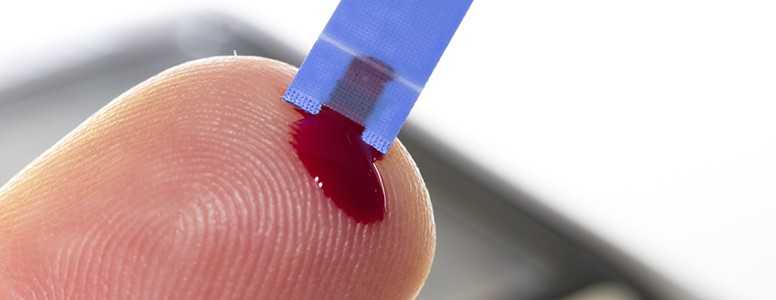New technology could mean that people with diabetes may no longer need to prick their fingers when testing their blood glucose levels.
An engineering breakthrough from the University of Leeds has led to the development of a small device that uses low-powered lasers to test blood sugar levels.
The device does not penetrate the skin – which is something people with diabetes currently have to do multiple times a day – and could provide a painless alternative to finger pricking.
How does the device work?
A nano-engineered silica glass enables the measurement of blood glucose levels through a fluorescence generated by the lasers. This process takes less than 30 seconds.
The device can continuously monitor blood glucose levels, which means development as a wearable device might not be far away.
The designers hope that once further trials have been completed, and the device is put on the market, it could be available in portable and wearable forms.
Speaking about the device’s capabilities, Professor Gin Jose, University of Leeds, added: “This will allow people to self-regulate and minimise emergency hospital treatment.
“This wearable device would then be just one step from a product which sends alerts to smart phones or readings directly to doctors, allowing them to profile how a person is managing their diabetes over time.”
What's new on the forum? ⭐️
Get our free newsletters
Stay up to date with the latest news, research and breakthroughs.







